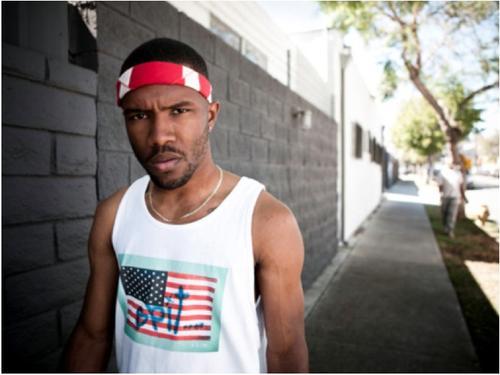On September 3 Lil Wayne’s 4th installment of his popular mixtape series “The Dedication” was released. As soon as the tape was released, the twitter world and blogosphere were booming with opinions on this mixtape. But what caught my eye in the midst of all of the tweets and blog posts about “Dedication 4” was the reaction to Nicki Minaj’s controversial line in “Mercy.” Nick Minaj is arguably the hottest female rapper out and is known for her multiple eccentric personalities. Minaj raps, “I’m a Republican voting for Mitt Romney, You lazy b*tches is f*cking up the economy.” There were many thoughts on what Nicki meant when she said this. There were those who took it literal, as in she is an actual Republican whose voting for Mitt Romney and thinks the Obama administration has ruined the economy. And there were those who believed the lyrics to be satire, mocking the republicans for blaming the mess they created on Obama. This group included the President himself who commented on these lyrics during a radio interview. He talked about how he knows “she likes to play different characters” in her sings. Minaj responded to the president on twitter saying, “Ha! Thank you for understanding my creative humor & sarcasm Mr. President, the smart ones always do… *sends love & support.” So the President can rest assured knowing that he will probably get her vote. The president also added that he and Michelle like to stay hip, and have a nice collection of hip hop on their iPods J.
But for me the problem wasn’t trying to figure out what Nicki meant. I wanted to know why so many people were outraged by the lyric. Let’s say Nicki really did mean what she said what? She has the right to choose who to vote for like anyone else. This made me think of the assumptions people have about political parties and their demographics. Must you be a democrat if you are a hip hop artist? Does hip hop and the democratic party go hand in hand? Well maybe. Hip Hop is a primarily black genre and nearly 90 percent of blacks vote democrat. So it’s safe to assume that all hip hop artists are democrats right? Well… no! The color of someone’s skin does not automatically place him or her into a political box, or any box for that matter. And let’s not forget the many white and non-black hip hop artists. What about them? Are they democrats by association? No! It angers me that people have to put other people in categories just to deal with them. And this isn’t solely the fault of other races. The only people I saw on twitter outraged at the thought that a black woman could be a Republican (Hello, Condoleezza Rice!) were black! In fact in the black community black republicans are considered traitors. But there is no rule that says all black people in America have to be Democrats.
Black people get offended when people of other races say and assume that they voted for president Obama because he is also black (they seem to always forget the fact that he is half white). Yet black people became outraged when a black hip hop artist insinuated that she wasn’t voting for Obama. There is an endless cycle of assumptions and stereotyping in America done by all races. Her lyric was probably intended to show how ridiculous people sound when they express why they aren’t voting for Obama but Nicki Minaj also helped me see that it’s not just the white people making the assumptions, it’s the black people as well. Just like Nicki’s lyricism helped prove the assumption that all hip hop is meaningless rubbish wrong, she also showed me how negative and harmful assumptions can be.






 Van Jones
Van Jones

